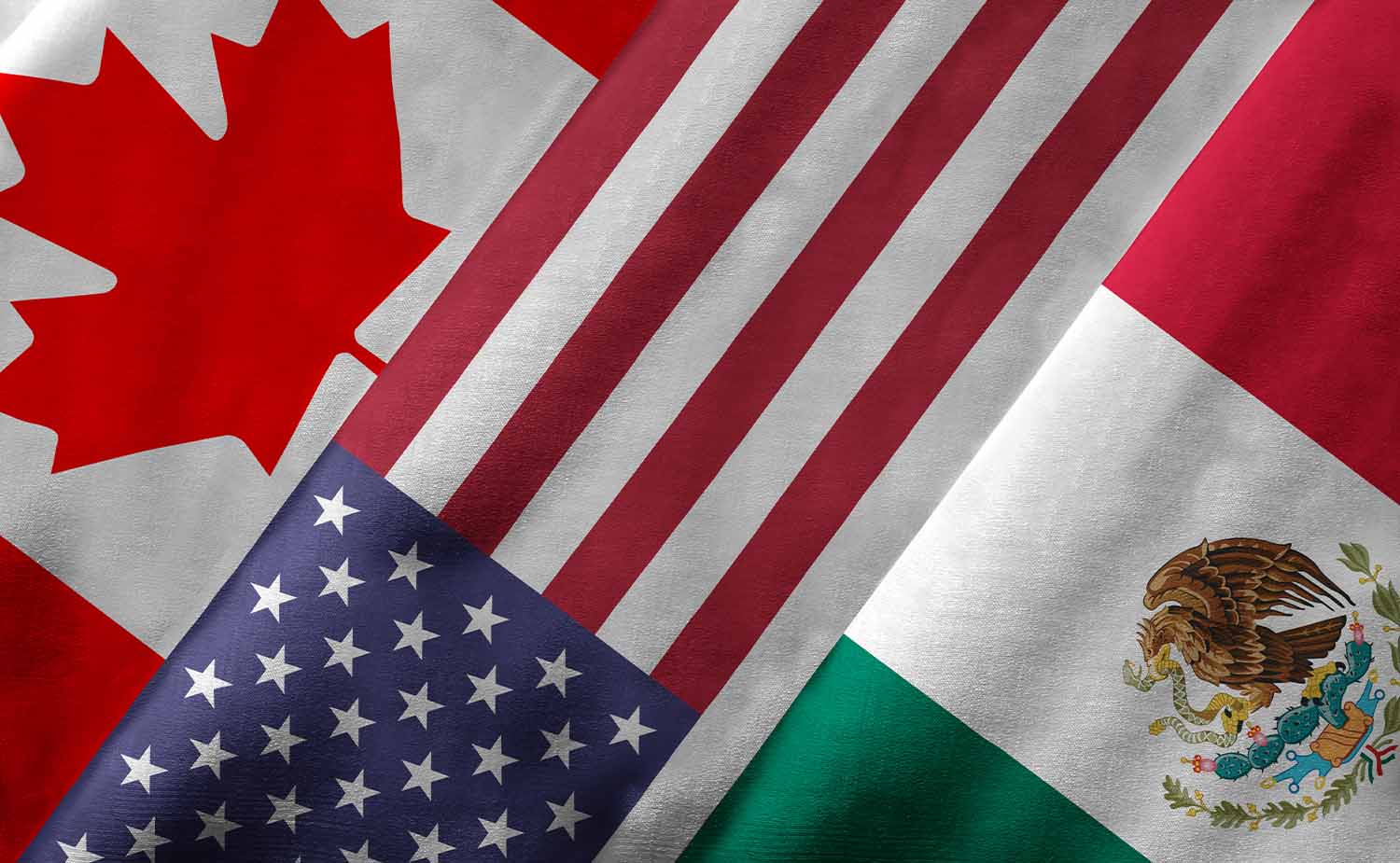Blog /
Policy Matters: Why It’s Time to Care about CUSMA
Policy Matters: Why It’s Time to Care about CUSMA
Businesses across Canada rely on the stable and predictable trading environment CUSMA has created.


Canada, the United States, and Mexico share one of the largest trading relationships in the world, jointly accounting for almost a third of global gross domestic product (GDP). This critical economic partnership among the three North American economies is underpinned and enabled by the Canada-United States-Mexico Agreement (CUSMA), a free trade agreement that took effect in March 2020, replacing the North American Free Trade Agreement (NAFTA).
Businesses across Canada rely on the stable and predictable trading environment CUSMA has created. The Agreement has contributed to Canada’s attractiveness as a country to invest in while also providing more opportunities for Canadian businesses to invest in the United States and Mexico. Since the Agreement came into effect, there has been a 47% increase in North American trade, as well as an additional 4 million new jobs supported by this trade.

Why Should Canadians Care about CUSMA?
Canada sells a lot of products and services to the United States and buys a lot from them too. Enough that $3.6 billion worth of trade crosses the Canada-U.S. border each day! Canada’s trade relationship with Mexico is also critical to our economy — they’re our third largest single-country goods trading partner.
By eliminating almost all tariffs and keeping most North American trade duty-free, CUSMA makes it a lot easier and more affordable for Canadian businesses get their products to customers in the United States and Mexico, and for Canadians to purchase their favourite products from stores.
Our economy benefits a lot from CUSMA and the trade it enables, and when our economy prospers, everyone’s standard of living goes up.

Why has CUSMA been in the news lately?
On July 1, 2026, Canada, the United States and Mexico will decide whether to extend CUSMA for a new 16-year term. If they choose not to, there will be a review every year until the Agreement terminates in 2036.
Ahead of the review is the 2024 United States presidential election. Worryingly, there is growing bipartisan consensus in the United States on “Buy American” protectionist policies that is at odds with CUSMA’s goal of North American economic cooperation. Regardless of whether a Democrat or a Republican president occupies the White House when the CUSMA review happens, there is a risk that the United States will seek changes to CUSMA that are detrimental to the interests of Canada and Canadian businesses.

Addressing Key Irritants Now Will Help Ensure a Smooth Review
The CUSMA review should be seen as an opportunity to reaffirm the critical importance of North American economic cooperation, rather than as an opportunity to radically shift the terms of the Agreement.
To help ensure a smooth review, Canada should take steps now to address economic irritants that are shared areas of concern for both U.S. and Canadian businesses.
- Digital Services Tax (DST): Canada’s new DST is a source of contention with the United States. Multiple U.S. political leaders, including President Biden, have cautioned that the DST unfairly impacts U.S. businesses and could lead to trade retaliation. When France implemented a DST, the United States announced they would impose 25% tariffs on products unrelated to digital services, ranging from champagne and cheese to handbags and perfumes, starting in January 2021. Many Canadian businesses across multiple sectors are concerned about the potential impacts of retaliation on their supply chains and the affordability and availability of their products.
- The Artificial Intelligence and Data Act (AIDA): Canadian businesses are concerned that AIDA’s perceived lack of interoperability with other countries’ AI regulations will negatively affect businesses that operate or seek to operate in Canada. Businesses have said that AIDA is viewed by their U.S. partners as being unnecessarily broad and punitive, and that it would likely deter investment in our economy.
- Frequent labour disruptions: Recurring supply chain disruptions are damaging Canada’s economy, straining our trade relationships and undermining our credibility as a reliable trade partner. The government needs to provide new dispute resolution tools, including the authority for the federal cabinet to compel binding arbitration for the resolution of labour disputes.
- Defence spending: Prime Minister Trudeau’s recent announcement that Canada hopes to meet the NATO defence spending commitment (2% of GDP) by 2032 was underwhelming and lacked specificity on implementation. Meaningfully addressing the new and evolving threats in the global security environment as well as reestablishing Canada’s reputation as a dependable security partner requires a credible plan that is serious about shoring up and modernizing our defence industrial base. Canada’s strengths in aerospace, critical minerals, cybersecurity and AI can be leveraged to bolster our own security and to help fill gaps in the security architectures of our NATO allies.
These four irritants are issues that the Canadian government can influence directly and as such, should take urgent action on. For the full list of irritants, read our submission to the International Trade Committee’s study on the pending CUSMA review.

The Canadian Chamber’s Canada-U.S. Engagement Plan
Canada can’t wait until 2026 or even next year to start preparing the ground for the CUSMA review. We need a coordinated outreach campaign now that reminds Americans of why a healthy relationship with Canada is important to them, their businesses and their nation’s economy.
Which is why, at the beginning of this year, the Canadian Chamber launched a new Canada-U.S. Engagement Plan aimed at providing Canadian businesses opportunities to increase ties with U.S. counterparts and policymakers. As part of its plan, the Canadian Chamber will lead four business missions to the U.S. in 2024, focused on key areas of the Canadian economy where there are significant opportunities for growth and synergy with the U.S. economy: life sciences, Canada-U.S. trade, artificial intelligence and critical minerals. Two missions have already been conducted with two more happening this fall.
Other Blogs

Navigating Net Zero

Lodestar Structures: Revolutionizing Community Infrastructure




